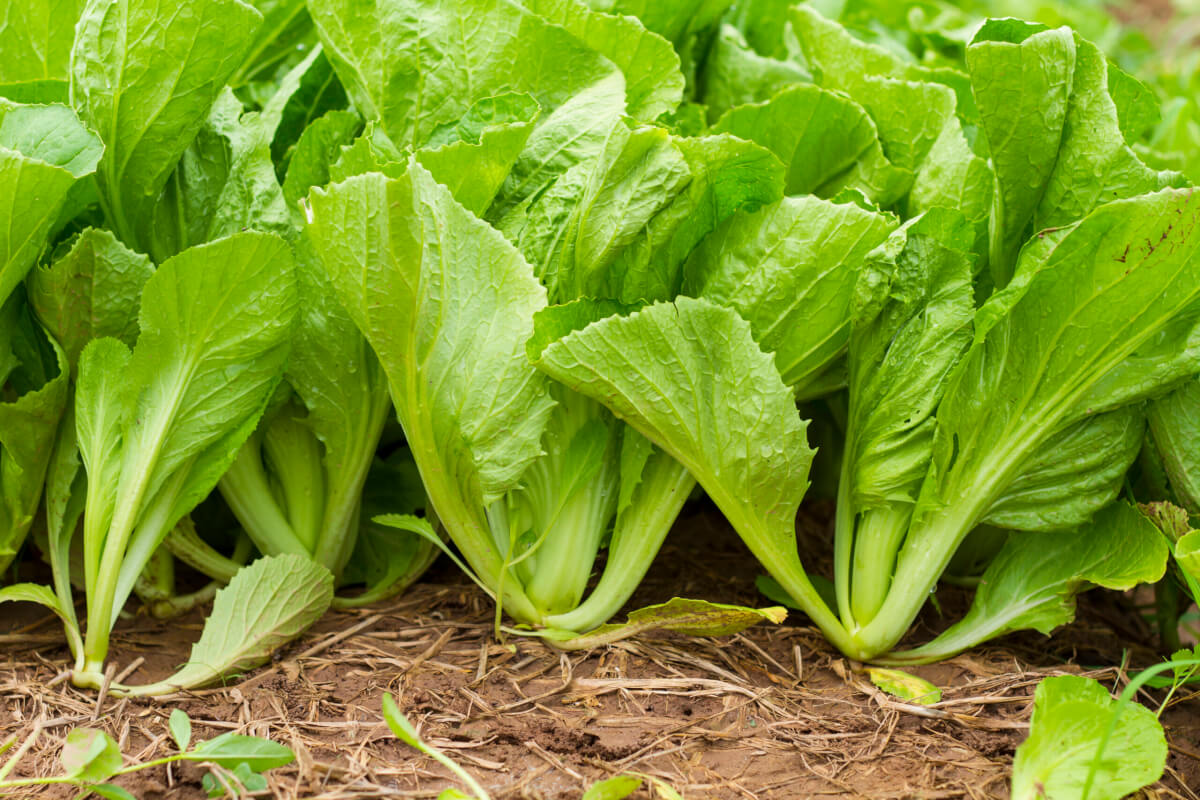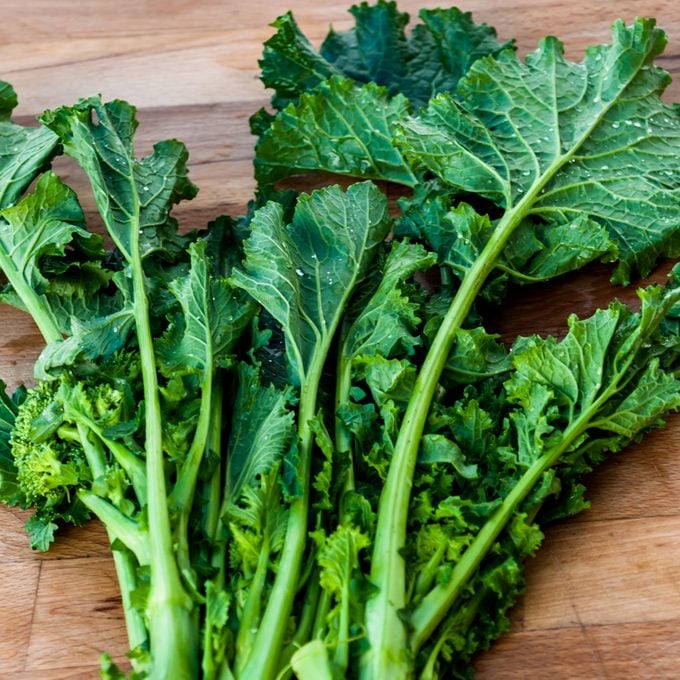The Power of a 30-Day Harvest
Have you ever planted something… and actually eaten it just weeks later?
It’s not a dream — it’s real gardening made simple.
I’m Darrell Smith from DH Garden Centre here in Kitsilano, Vancouver. With over 25 years in landscaping and 11 years helping customers grow their own food, I’ve learned one powerful truth:
You don’t need a big garden or months of patience to grow fresh, delicious vegetables.
In this guide, I’ll show you 9 vegetables you can grow and harvest in under 30 days — perfect for busy people, small spaces, and total beginners. Whether you have a sunny windowsill, balcony pots, or a small raised bed, these crops deliver quick rewards — and the pride of eating what you grew with your own hands.
Ready to grow vegetables in under 30 days? Let’s dig in.

In this guide, I’ll show you 9 vegetables you can grow and harvest in under 30 days, perfect for busy people, small spaces, and total beginners.
1. Radishes: The Beginner’s Root Veggie
Harvest time: 20–28 days
Radishes are one of the most satisfying vegetables to grow — especially if you’re just starting out. They germinate quickly, grow aggressively, and offer a crisp, peppery crunch that livens up any dish.
How to Grow:
- Choose fast-maturing varieties like ‘Cherry Belle’ or ‘French Breakfast.’
- Sow seeds directly into loose, well-draining soil about 1/2 inch deep and 1 inch apart.
- Water evenly and keep the soil moist throughout their growing cycle.
- Thin seedlings to allow at least 2 inches between plants — this helps them develop round, uniform roots.
:strip_icc()/BHG-types-of-radishes-4GrDp31_asN91CoB73_n8q-d18f61745591497eb1db15eff8c85e6f.jpg)
Radishes are one of the most satisfying vegetables to grow — especially if you’re just starting out.
Tips for Success:
- Don’t over-fertilize. Too much nitrogen encourages leafy tops and tiny roots.
- Avoid letting them grow too long; radishes become woody and pungent if left unharvested.
- Radish greens are also edible — sauté them with olive oil and garlic for a nutritious side dish.
Harvest and Use:
Within 3–4 weeks, you can begin gently pulling them out. Enjoy raw with dips, sliced in salads, or pickled for added zing.
2. Arugula (Rocket): The Peppery Green That Keeps on Giving
Harvest time: 20–25 days
Arugula is a leafy green known for its distinct, spicy flavor. It grows like a weed — fast, easy, and happy in containers, garden beds, or even small trays.
Growing Instructions:
- Choose a sunny or partly shaded spot. Arugula does best in cool weather.
- Direct sow seeds about 1/4 inch deep and 1 inch apart.
- Keep the soil moist, especially in warmer temperatures.
:max_bytes(150000):strip_icc()/GettyImages-935274178-9c9a22569bd64b4290101a6ad657e594.jpg)
Arugula is a leafy green known for its distinct, spicy flavor. It grows like a weed fast, easy, and happy in containers, garden beds, or even small trays.
Ongoing Care:
- Arugula is perfect for “cut-and-come-again” harvesting.
- When leaves reach 3–4 inches long, snip the outer leaves and allow the inner rosette to keep growing.
- Re-seed every two weeks to maintain a steady supply.
Ways to Eat:
Toss with olive oil and lemon juice for a classic salad. Top pizzas or pastas for a peppery finish, or mix into scrambled eggs and breakfast wraps.
3. Leaf Lettuce: Crisp and Fast for Instant Salads
Harvest time: 25–30 days
Baby leaf lettuces are incredibly popular for a reason — they’re versatile, easy to grow, and fast.
Starting the Crop:
- Use shallow containers, raised beds, or grow bags with drainage holes.
- Scatter seeds across the surface or sow in shallow rows.
- Cover lightly with soil and mist with water.
Maintenance:
- Water daily to keep the shallow roots happy.
- Thin seedlings if overcrowded to allow airflow and better growth.

Baby leaf lettuces are incredibly popular for a reason — they’re versatile, easy to grow, and fast.
Harvest Techniques:
- Begin harvesting when leaves are 3–6 inches tall.
- Use scissors to trim just above the base, leaving the crown intact for regrowth.
- Expect 2–3 harvests per sowing if cared for properly.
Lettuce thrives in cooler weather, so it’s a perfect spring and fall crop. Try mixing green leaf, red romaine, and butterhead for texture and color.
4. Mustard Greens: Spicy, Hardy, and Underestimated
Harvest time: 20–30 days
Mustard greens are a bold choice with robust flavor. Their ease of growth and fast development make them a great option for both beginners and adventurous gardeners.
Sowing Tips:
- Plant in well-drained soil with full or partial sun exposure.
- Sow seeds directly about 1/4 inch deep.
- Keep spacing about 6 inches apart to ensure room for mature leaves.

Mustard greens are a bold choice with robust flavor. Their ease of growth and fast development make them a great option for both beginners and adventurous gardeners.
Care Routine:
- Water consistently and watch for flea beetles — a floating row cover helps.
- Begin harvesting outer leaves once they reach about 4 inches long.
Culinary Uses:
Sauté with sesame oil and garlic, mix into soups, or blend into a spicy smoothie with pineapple and ginger. Mustard greens are rich in vitamins A, C, and K.
5. Turnip Greens: Leafy Tops You Shouldn’t Ignore
Harvest time: 25–30 days
Turnip roots are delicious, but don’t overlook their leafy greens. They’re nutritious, fast-growing, and give you a double reward: early greens now and roots later.
Planting Guide:
- Use loose soil in raised beds or pots.
- Sow seeds about 1/2 inch deep, then thin seedlings to 3–4 inches apart.
- Water deeply once a day or when topsoil feels dry.

Turnip roots are delicious, but don’t overlook their leafy greens. They’re nutritious, fast-growing, and give you a double reward: early greens now and roots later.
Harvesting Tips:
- Begin cutting outer leaves at around 3 weeks.
- Avoid stripping the plant; leave the center crown to support future growth.
How to Use Them:
Steam and toss with lemon and tahini. Or sauté with chili flakes and white beans for a Mediterranean twist.
6. Baby Bok Choy: Compact, Crunchy, and Quick
Harvest time: 25–30 days
Baby bok choy (or pak choi) is a fantastic crop for small spaces. Its fast turnaround and high culinary value make it a standout.
Growing Steps:
- Sow in early spring or fall — bok choy bolts easily in heat.
- Use containers or raised beds with rich, well-draining soil.
- Space seeds about 3 inches apart.

Baby bok choy (or pak choi) is a fantastic crop for small spaces. Its fast turnaround and high culinary value make it a standout.
Care Tips:
- Water regularly and mulch to retain moisture.
- Provide shade in high summer or consider early morning sun only.
Kitchen Ideas:
Slice and stir-fry with mushrooms and tofu. Grill halves with sesame oil for a smoky finish, or add to noodle bowls.
7. Spinach: Cool, Nutritious, and Fast-Growing
Harvest time: 25–30 days
Spinach is a nutrient powerhouse and perfect for early or late season planting.
How to Plant:
- Sow in rows or scatter in wide beds.
- Cover seeds lightly with soil.
- Keep the bed moist, especially during germination.

Spinach is a nutrient powerhouse and perfect for early or late season planting.
Growth Strategy:
- Thin to 4–5 inches apart once seedlings emerge.
- Pick outer leaves first; the plant will keep producing from the center.
Usage:
Great raw in salads or blended into smoothies. Cooked spinach goes well in curries, pasta, and baked dishes.
8. Green Onions (Scallions): Grow, Snip, Repeat
Harvest time: 21–30 days
These easy alliums are perfect for repeat harvests and flavoring everything from soups to stir-fries.
How to Grow:
- Start from seed or regrow kitchen scraps in water or soil.
- Use shallow containers or small garden rows.
- Keep spacing at 1 inch for dense plantings.

These easy alliums are perfect for repeat harvests and flavoring everything from soups to stir-fries.
Harvest Smart:
- Begin snipping green tops at 6–8 inches tall.
- For continuous harvest, only cut half the plant each time.
Eat Fresh:
Use in salads, noodle bowls, dips, or as a garnish. They regrow fast — some gardeners harvest weekly!
9. Microgreens: The Fastest Crop with the Biggest Payoff
Harvest time: 7–12 days
Microgreens are perfect for those with zero gardening experience. They’re small, fast, and grow on a sunny windowsill.
Growing Process:
- Use shallow trays with seed-starting mix.
- Sow densely, mist, and cover for the first 2 days.
- Move to light once seeds sprout.
- Harvest when first true leaves appear.

Microgreens are perfect for those with zero gardening experience. They’re small, fast, and grow on a sunny windowsill.
Best Varieties:
Radish, broccoli, beet, sunflower, kale, and mustard.
Eat & Enjoy:
Add to salads, top sandwiches, mix into smoothies, or garnish dishes with a nutritious punch. They’re concentrated superfoods — and beautiful too.
Conclusion: Grow Vegetables in Under 30 Days — And Feed More Than Just Your Plate
If there’s one thing I’ve learned after decades of landscaping and gardening, it’s this:
Gardening isn’t about perfection. It’s about connection.
By choosing fast-growing vegetables, you don’t just save money or eat fresher — you reconnect with nature, nourish your mental health, and empower yourself.
So whether you start with microgreens in your kitchen or turnip greens in a raised bed, remember: every tray of greens is a step toward resilience, joy, and self-sufficiency.
Ready to grow vegetables in under 30 days? Visit DH Garden Centre at 3742 West 10th Avenue in Vancouver, or shop online at dhgardencentre.com. We carry everything you need — seeds, soil, containers, and expert advice tailored for Canadian gardeners.
Let’s grow something together.
FAQs
Q1: Can I really grow these vegetables in 30 days in Canada?
Yes! Most of these crops thrive in cool spring or fall conditions. In winter, grow indoors using LED grow lights or a south-facing window.
Q2: Do I need a backyard?
No! All nine crops can be grown in pots, trays, balconies, or even sunny kitchen windowsills.
Q3: What soil should I use?
Use a loose, well-draining organic potting mix. Add compost or worm castings for a natural nutrient boost.
Q4: How do I prevent pests in a small space?
Keep air circulation steady, water in the morning, and check leaves regularly. A simple insect net or neem spray works well.
Q5: Are these crops good for kids or school projects?
Absolutely! Microgreens and radishes are great first crops for children — fast, fun, and edible within days.

